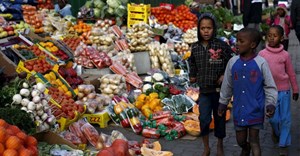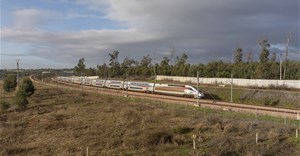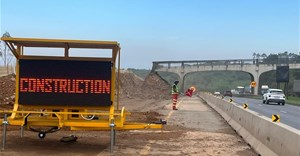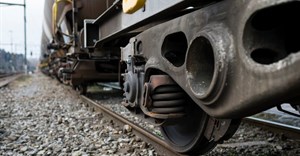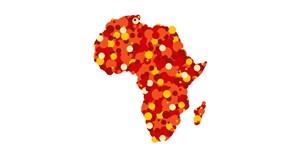Railway development key to improving access to Southern Africa hinterland countries
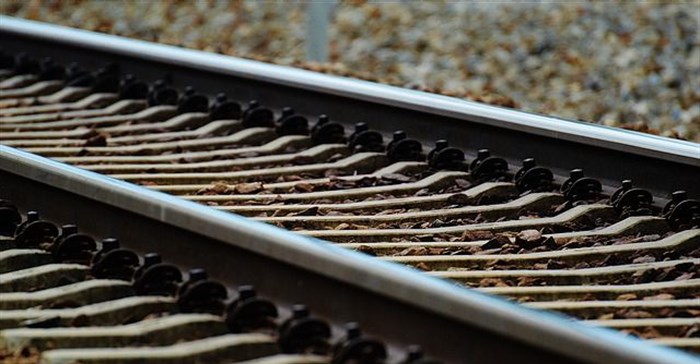
He says access to the hinterland countries is extremely vital for the growth of the African continent, as each of these countries has a great deal to offer the rest of the world. “For example, Lake Nyasa in Malawi contains more fish species than any other lake in the world, making it a prime location for the export of fish. Furthermore, Zambia is Africa’s second largest copper producer and Zimbabwe is the world’s sixth largest tobacco producing country.”
Poor inland connectivity and the related cost to move products inland are among the biggest challenges currently facing landlocked countries with regards to trade. “The World Bank Trading Across Borders Report, which ranks economies on their ease of doing business, suggests that hinterland countries currently have room to improve when it comes to moving products inland.”
Rail to relive roads
Ntshangase attributes the majority of these issues to the high proportion of cargo that currently moves inland via road. “The border crossings and customs processes in these landlocked countries were not designed for the amount of traffic and cargo that currently moves via road, which has occurred due to the use of railways having diminished over the years.”
Ntshangase explains that increasing the use of rail, which reduces the amount of cargo on the road provides a solution to the majority of these challenges and brings about numerous advantages in the form of lower costs, diminished risk, and social benefits. “Rail transport is a cost-effective option in comparison to truck transport, particularly for heavy 20’ containers, and railways are more and more willing to work with customers to find better transport solutions. Risk is also reduced in terms of port storage as well as possible standing time at the border posts and finally, from a more social aspect, roads will not be further damaged and by reducing trucks on the roads, there will be fewer truck-related accidents,” Ntshangase explains.
Part of the total supply chain
He points to East Africa, a region in which great progress has been made in terms of the development of rail infrastructure. “Closer to South Africa, Transnet Freight Rail are continually performing maintenance and upgrading lines as well as locomotives whilst all the other Southern African rail operators, which include the National Railways of Zimbabwe, Zambia Railways Limited, and the Mozambican Ports and Rail Company, are starting to work much closer together as they have realised that they all are part of the total supply chain. Collaboration between these rail operators is therefore vital.”
Ntshangase concludes that Maersk Line remains committed to helping find effective supply chain solutions for their customers, which includes supporting the development of rail in landlocked countries. “Maersk Line provides an international sales force, but with local insight and knowledge of the challenges that shippers may face transporting goods into inland countries. By partnering with the railways to convert traffic back to rail and having a more pragmatic road-rail balance, we hope to bring about better economies of scale and a more sustainable future for our customers and the countries within which we operate.”



